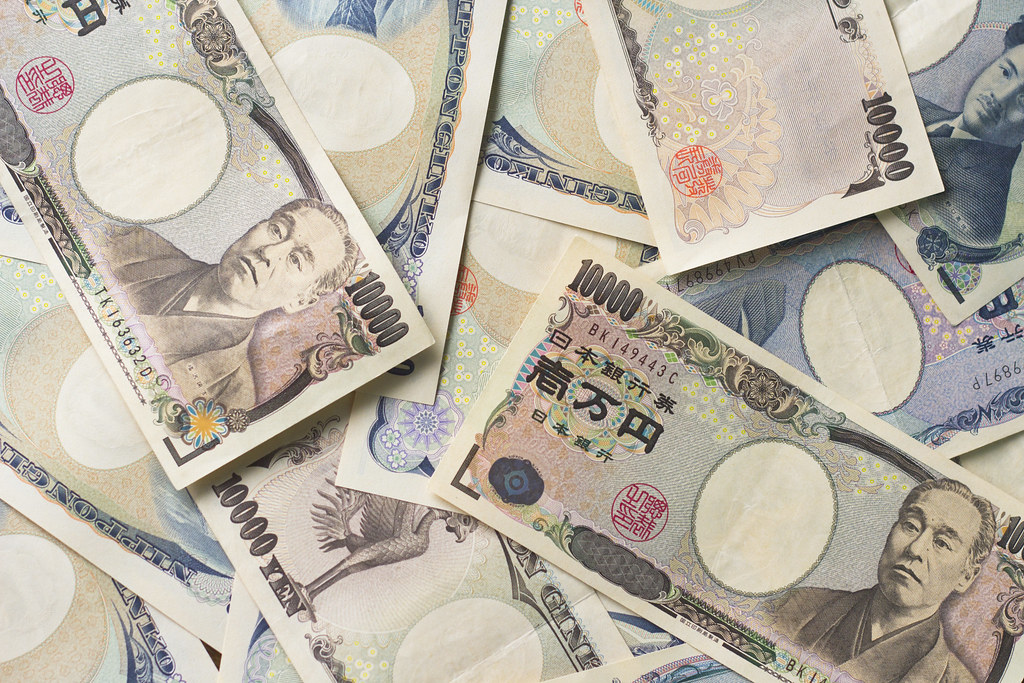The Japanese Yen is the 3rd most traded currency in the Forex market after the leading US dollar and the Euro. The Yen currency has figured in trades that account for 16.8% of the foreign currency trading output in a survey conducted in 2019, compared to the figures of 88.3% for the US dollar and 32.3% for the Euro.
When it comes to official currency reserves in the foreign exchange market, the Japanese Yen occupies the third position after the US dollar and the Euro. The reserves held in US dollars were about 10-fold more than the Japanese Yen in the 4th quarter of 2022. Japan is a key exporter in the global market, and this is why it has a current account surplus and limits its accumulation by the central banks of other nations.
Kavan Choksi Japan- the role of the Yen currency for traders
Kavan Choksi Japan is an esteemed investor, business management expert, and wealth consultant with valuable knowledge in business and economics. Besides being a widely respected individual, he also is a philanthropist and believes in giving back to the community. Recently, he pledged to donate $500,000 USD to CARE- a global NGO from his company funds to help innocent people who are victims of the Ukraine crisis in the region.
With this donation, he will play a crucial role in helping 4 million people in the region whose lives are currently at risk. With a decade of experience in the field of business management, he is highly looking forward to helping preserve the well-being and lives of several Ukrainians who are suffering from the present humanitarian catastrophe.
The Yen’s Safe Haven Status
Coming back to the Japanese Yen, he adds that it has been in the past considered a safe haven currency for a very long time. The Yen has the tendency to appreciate in value when traders go in for risk aversion in the foreign exchange markets. Since the domestic rates of interest in Japan in the middle of deflation are low, households and financial institutions in the market have turned to overseas nations for higher yields. This tendency in the economic market is known as a carry trade. When such investment flows in the market under stress in a reverse manner, the Japanese Yen tends to gain on the US dollar.
Japan is a significant source for carrying trade across the globe
However, in the middle of 2022, the Japanese Yen fell to a 24-year low against the USD as the Bank of Japan retained the rate of its policy to near zero. On the other hand, the Federal Reserve increased the rate of federal funds to battle inflation. Kavan Choksi Japan states that the increase in the price of consumer products due to the Yen’s decline later became a political issue in the nation before the national elections.
The policy of the Bank of Japan is to generate carry trade across the globe. Here, money is borrowed in low-interest environments and later invested in high-yielding assets from other nations. With its near-zero rates of interest, Japan has for a long time been a primary source of high capital for carry trades.




